I am asked this a lot and wanted to put something together to answer this and other questions. I added the mizzen to the GIS because I wanted a boat for myself that would be easier to singlehand on longer excursions and for use in sail-and-oar events such as the Small Reach Regatta, the Texas 200, and other RAID events like the Shipyard School Raid and Sail Caledonia. Many, many of the boats you see in these events have a mizzen.
For my own use of the GIS, a mizzen is needed for a variety of reasons:
1) to hold the boat into the wind while the sail is raised, lowered, or reefed while singlehanding or sailing with my kids.
2) to hold the boat into the wind while rig is unstepped and stowed and oars are rigged for rowing
3) to be able to hold the boat to windward or to heave-to while underway for taking short breaks to move people, re-stow gear, or go to the bathroom with out getting blown off course.
4) to be able to back off docks and beaches and control steering in tight spaces
5) to be able to 'tune' the weather helm felt by the helmsman by trimming the mizzen
Other FAQ's
Is the designer aware of your changes to the Goat Island Skiff?Yes, I have a great working relationship with Michael Storer whom I consider a friend. He and I correspond often and he has OK-ed the addition of the mizzen and trusts that I will design and build the new rig so that it fits in with the concept of the GIS. For example, all pains will be taken so that this addition adds very little weight to the boat. The mizzen mast will be a lightweight, birdsmouth mast.
Is the lug sail the same and is it stepped in the same place or how has the lug's position been adjusted for the new mizzen?I have designed new sail rigs for boats before, for dories actually. After drawing the new rig, finding the new center of effort (CE) of the added sail area, and moving things around, the new CE and old CE are in the same place such that the centerboard does not need to be changed. In the GIS, the lug is the same standard sail (105 SF) and it will step in a secondary partner/step forward of bulkhead #1. It turned out that the lug needs to be moved forward only 9" keeping things tied into the bulkheads for structural integrity and simplicity. The original mast step is retained so the boat can be sailed with or without the mizzen. The GIS Yawl is is still the usual standard GIS, but with an added mizzen. You can take the boat out with more flexibility in rig choice.
Has one been built and how well does it work?I expect to have a GIS Yawl on the water this summer, my personal boat, but orders for sail rigs and boat kits may prevent that from happening. However, one kit is going to a customer who will be doing the yawl and plans to be sailing this summer in the Texas 200. I have no doubt that the boat will go as well as the standard, upwind and downwind, but with the added benefits of the mizzen for RAIDs and sail0and-oar type of use. If the mizzen is not needed, leave it ashore and use the Goat as the standard lug-only arrangement.
You can learn more about
How to Use the Yawl Rig in my blog post.
or the
Goat Island Skiff page on my website.














